7 Important Notes For An Effective KPI Strategy
The management often mentions the performance of employees and departments. There are objectives and targets to gain to meet the ultimate goals of businesses.
Still, how to measure performance of employees and teams? It is obvious that team leaders know their teammates work hard and have some specific data to back up.
Still, is everybody doing the proper things? Do their tasks provide positive outcomes needed for the organizations.
KPI strategy could enable the management to answer the inquiries above. Today’s article will explain what KPIs refers to, along with top 7 important notes for your consideration.
What Is KPI?
As mentioned in the previous post, KPI stands for Key Performance Indicator.
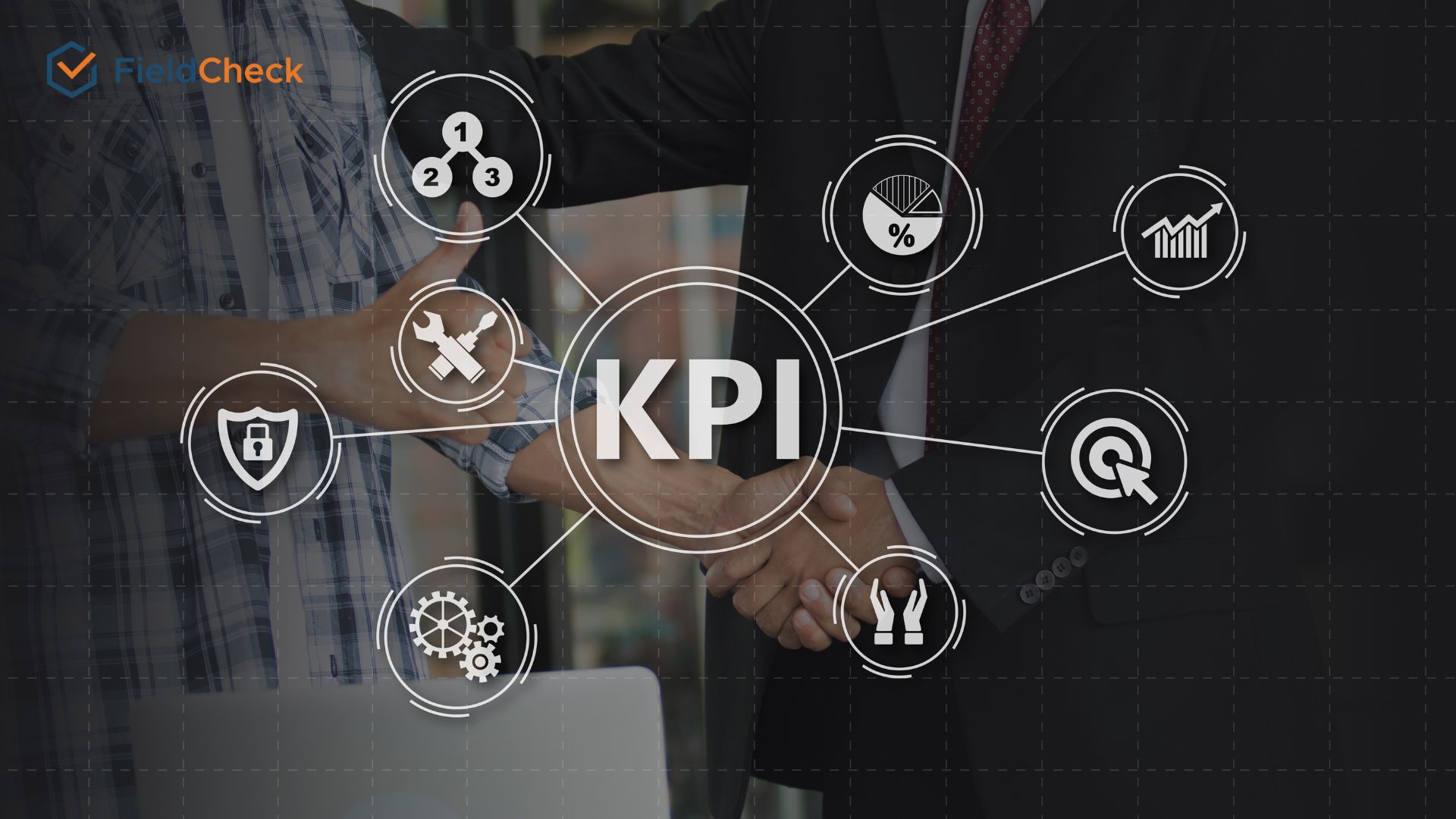
KPI
This indicator helps businesses evaluate their work and reflects the progress towards achieving the goals in the plan. KPIs are not only expressed through data but also evaluated through ratios and quantitative indicators suitable to the work characteristics of different subjects.
Enterprises often build KPI strategies on many different levels, both as goals and as a scale for performance progress and results.
Some KPIs focus on conquering common growth strategic goals such as:
- How much % increase in revenue in the month?
- Completed how many projects on scope n
- Find how many customers in x time
- Recruit n employees in a specific timeline
Why Is KPIs Important?
The importance of KPI lies in its benefits, not only to management but also to employees in the business.
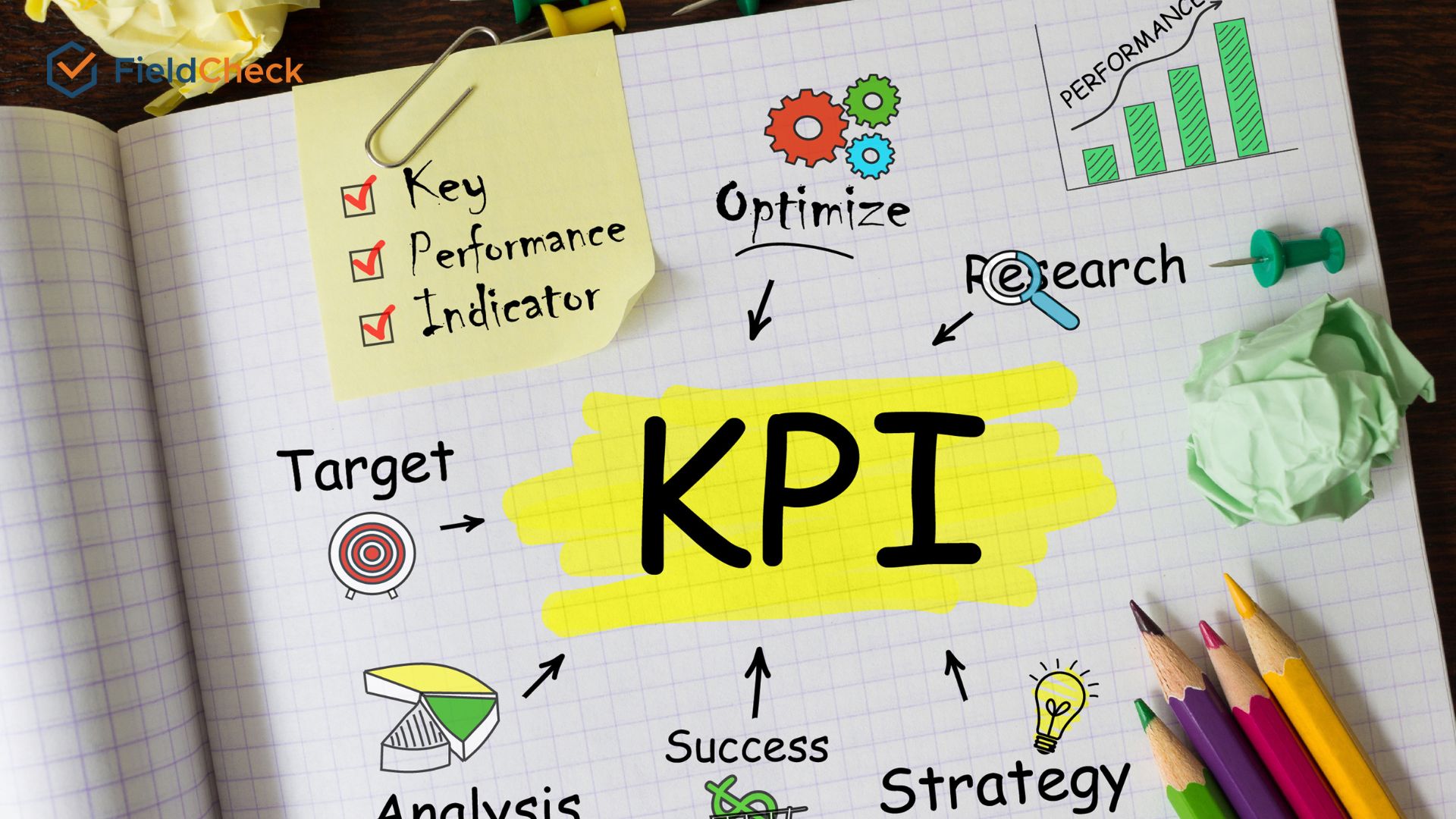
KPI system is beneficial for businesses
1. For Managers, Leaders
In addition, setting KPI also helps businesses improve efficiency when checking and accepting jobs after they are completed, assessing whether the results that the work brings to the business are positive or not.
Accordingly, the leadership can ensure that the goals according to the KPI strategic planning and the vision the business aims for will be achieved as planned or not.
2. For Employees
When introduced KPI for strategy department, employees can capture the goal for each job. In addition, employees are also proactive in monitoring the progress of completing tasks against the KPIs set out in the plan.
One of the benefits of key performance indicators for employees is to help them stay motivated at work, ultimately achieving their goals. Besides, KPI also helps employees detect existing weaknesses early in their working process.
If there is a delay in completing the work, it is also easy for employees to recognize and take timely improvement actions.
Through the established KPI strategy, the enterprise's management board can easily track the performance of employees quickly, accurately, and transparently. From there, management or personnel can recommend appropriate reward and punishment regimes.
What Are Types of KPIs?
1. Strategic KPIs
Strategic KPI refers to strategic key performance indicators that greatly affect the performance of an organization, helping businesses have an overview such as revenue KPIs or KPIs on market share.
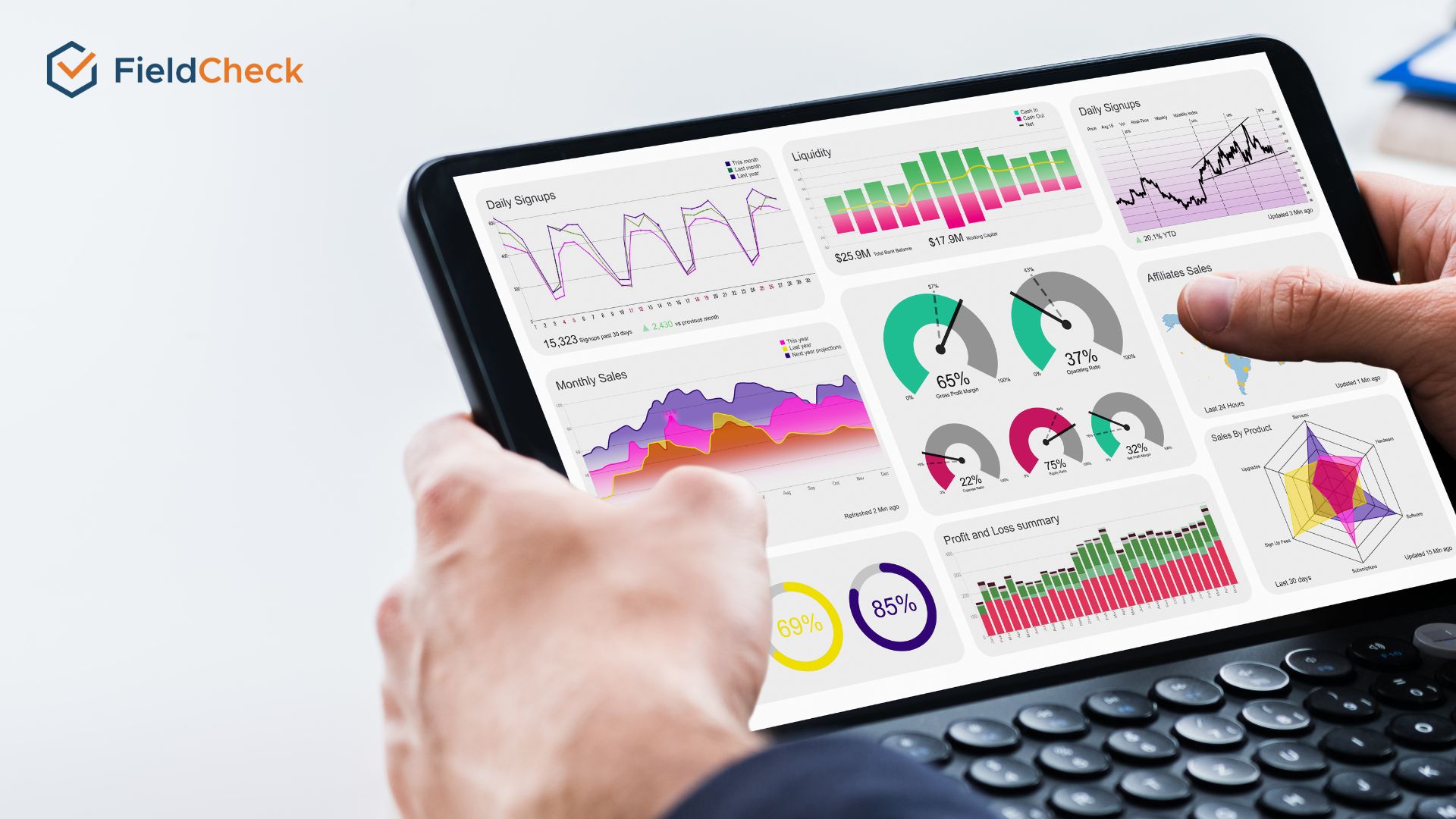
KPI metrics
Specific strategic KPIs examples for this type of KPI can be understood as follows:
In Q1, the business set a KPI of 100 billion in profit, an increase of 20% over the same period last year.
Strategic KPI goals will often be set by senior personnel in the organization or business based on the existing vision of the business. This target index is often related to the financial position and the enterprise's potential and internal resources.
2. Performance KPIs
Operational KPIs help measure the performance of the business in the short term.
Example: Enterprise sets a KPI for monthly transportation costs between VND20 million and VND30 million.
Setting such operational KPIs will help businesses control the costs of business activities for a certain period.
When there are any signs exceeding the set operational KPIs, management can take necessary actions to re-regulate spending in the business's operating system.
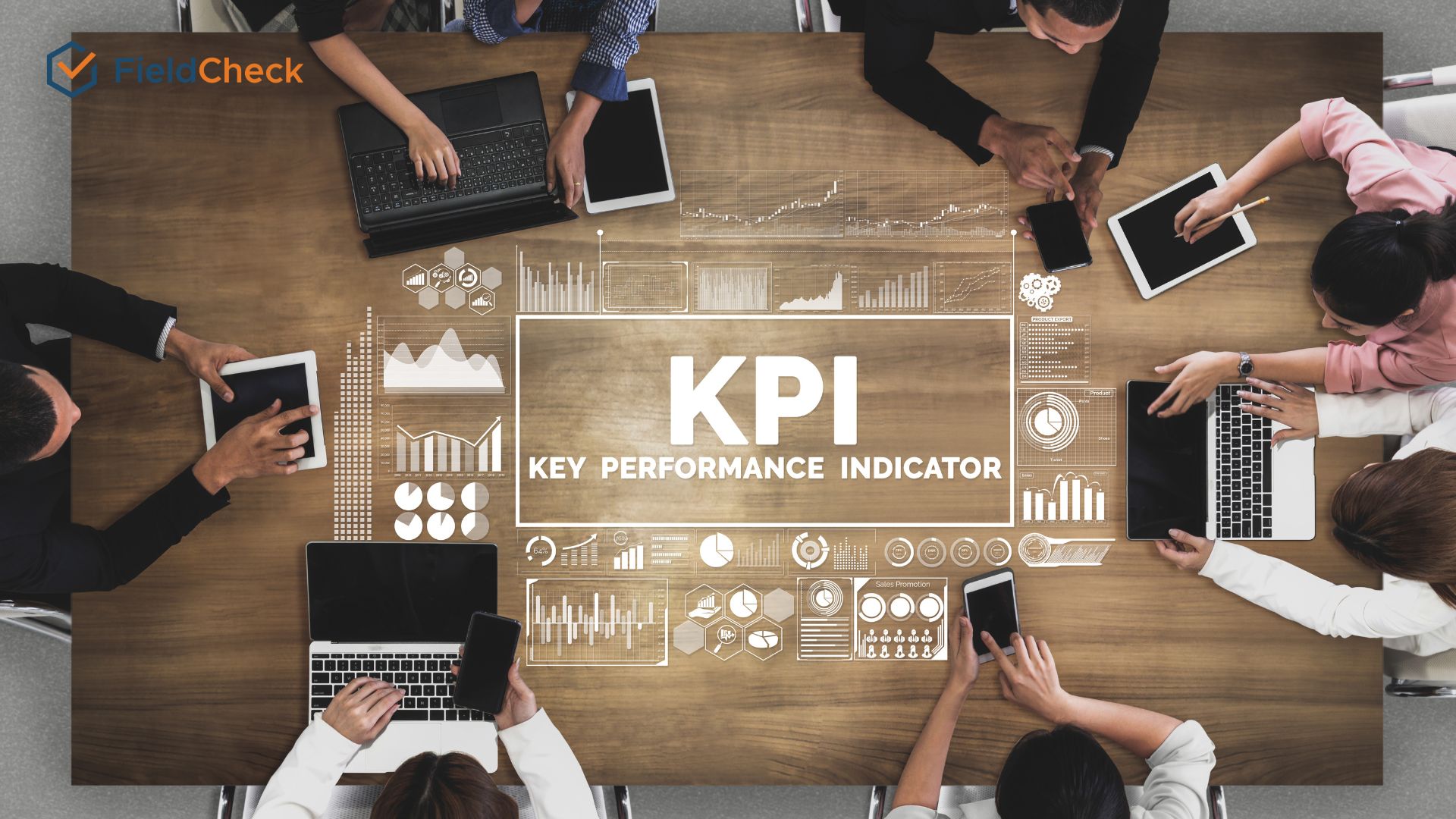
Identify important KPI system
3. Functional KPIs
This type of KPI will be associated with each specific function, such as KPI for finance and customer service. This set of KPIs will be directly related to the divisions/departments of the business.
Besides, functional KPIs can also be categorized as strategic or operational.
4. Leading & Lagging Indicators (Leading & Lagging)
4.1. Lagging
This metric represents the result, not how to improve.
For example, the number of orders a business has in a particular period.
4.2. Leading
This is an indicator that shows progress and helps management to assess possible results in advance.
For example, the lead metric shows the number of calls and the amount of advertising (increasing leads to more orders).
Enterprises need to coordinate to build both these indicators properly to increase performance.
See more: Top 5 KPI management software
7 Notes For An Effective KPI Strategy
1. Choose the Most Important KPIs
The most important step when building a strategy on KPIs is a thorough survey and evaluation to select KPIs appropriate to the operation situation and nature of the business.
Enterprises can carry out research and survey steps based on the inherent characteristics of the business as well as the desired number of goals to be achieved in a certain time.
Some KPI templates for different departments that businesses can choose from are as follows:

KPI helps to assess the working capacity of employees more accurately
1.1. KPIs for HR
- Number of applications
- Percentage of satisfactory applications compared to the total number of applications received
- Average cost per file
- How much is the new employee?
- How much does it cost to hire a new employee?
- Expenses used to train a new employee
- How long does it take on average from posting a job posting to getting a job?
- Time of attachment of an employee to the business
- How well do employees understand the company culture?
- Internally held events
- How satisfied are employees with the business?
1.2. KPIs for Marketing
- Number of projects the marketing department does
- Expenses for implementing projects
- The ratio of marketing expenses to sales
- Return rate
- How many inquiries or leads were received?
- What is the conversion rate?
- Cost per lead
- Number of articles available on marketing channels
- The number of engagements for the posted content
- Ranking content on Google
- What percentage of readers spend time on the website?
- Number of organic visitors
1.3. KPI for Sales
The Sales Department will usually focus on the following KPIs:
- Sales in a month/quarter/year
- Sales growth index
- Number of contracts received
- Conversion rate from lead to a successful deal
- Revenue from cross-selling and up-selling
- Customer satisfaction with products and services
2. Determine How KPIs Are Used With Stakeholders
When setting up a KPI strategy, it is also important to identify the people involved with the KPI system. There are two methods that businesses can use as follows:
Method 1: Departments propose their own KPIs.
In this case, the management level will take on the role of helping direct how the KPI can be implemented according to plan.
In this way, the department heads are responsible for proposing the KPI strategy. This human resource can understand the situation of group activities and the requirements in different positions in the same department/department.
Pro:
- KPIs are highly feasible and clarify the functions and tasks of different departments.
Con:
- Since departments/departments set their own KPIs, this approach can have problems with relevance, such as department heads setting KPIs too low compared to the company's overall expectations and plans.
To solve this shortcoming, enterprises need to perform the verification step from senior personnel in the company.
Method 2: Senior personnel will decide KPIs for each department in the business
Contrary to the above method, the high-level method of setting KPIs from human resources will ensure objectivity and the ability to achieve the common goals of the whole company.
Pro:
- The method is objective and scientific based on the common goals of the whole enterprise.
Con:
- KPIs may not be relevant to the tasks or functions of different departments and ministries.
In this regard, a KPI strategy should be developed when there is an appraisal and evaluation of the functions of each human resource department. At the same time, there should be an exchange between senior personnel and departmental team leaders.

Build a KPI system suitable for your business
3. Align With Overall Goal
Either way, when building a business-wide KPI set, a prerequisite is still to consider whether the KPI set aims at the overall goal of the business.
The reason is that if you set up KPIs sporadically without alignment with the business's overall goals, it will easily lead to the situation that the business cannot achieve the desired results in its development strategy and the business vision.
To illustrate this step, you can refer to the diagram below.
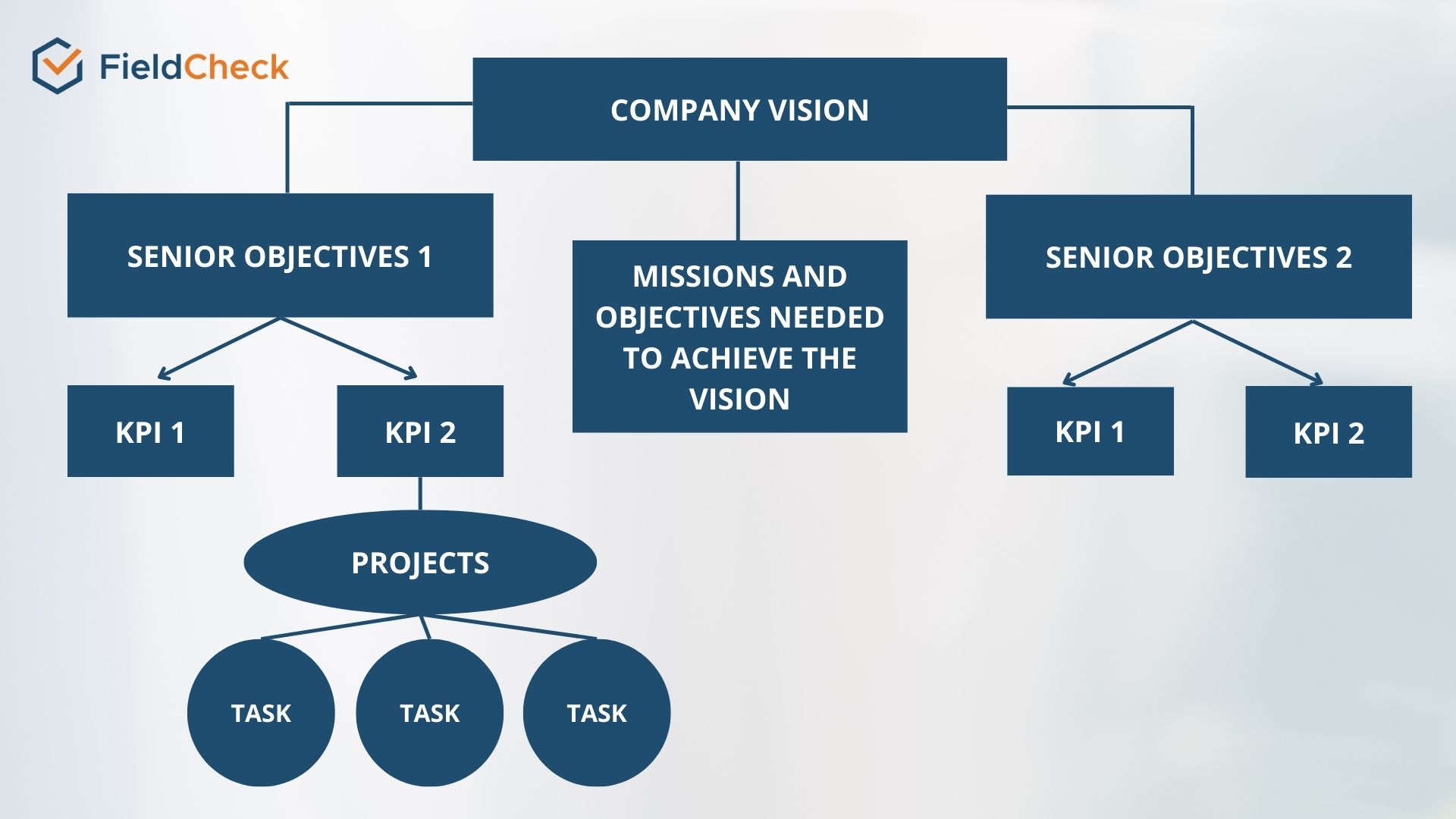
4. Use SMART Formula
Following linking KPIs with the overall goal, the personnel responsible for setting up the KPI plan can apply the SMART formula to complete it.
- S (Specific): Specific goal
- M (Measurable): Measurable goal
- A (Attainable): The goal is achievable
- R (Relevant): Reality-based goals
- T (Timebound): Target deadline

SMART model in building KPI system
When the KPI strategy is set up without the SMART formula, it affects the evaluation and can lead to less optimistic performance for the entire management department.
In a nutshell, the possible risks are as follows:
- When KPIs do not meet specific goals (Specific), employees do not clearly understand their work and what is the desired outcome for their work.
- When KPIs do not meet measurable goals (Measurable), the results of the assigned tasks will become meaningless.
- And if setting KPIs is not feasible, in other words, unrealistic or achievable, employees may feel discouraged because the goal is too far away, which leads to a lack of motivation to do the job.
- KPIs without deadlines or Timebound will make employees not know how to do the work in time, leading to a situation where it is difficult to control work progress.
5. KPIs Must Always Be Clear
Another thing to remember when setting KPIs is the clarity of each goal. This means that the standards need to be presented in a concise, concise manner, containing all the necessary information such as:
- What is that KPI for?
- Number to reach?
- Who is HR related to KPI?
- How to measure KPI?
- What is the assessment closing time for each KPI?
When defining KPIs in such detail and clarity, businesses will avoid unnecessary problems such as overlapping work or human responsibilities. Whether the KPI is achieved or not, the ambiguity can lead to disputes among personnel.
Therefore, when developing any KPI strategy, the person in charge needs to list all the relevant information so that the person receiving the information can fully understand the strategy without any ambiguity between the stakeholders.
6. Consistent Review, Update
Enterprises, when performing tasks to achieve KPIs, need to regularly monitor to promptly adjust in accordance with the market, customers, and organization.
The main reason is that an unforeseen problem will inevitably occur when performing the assigned tasks.
Therefore, closely monitoring the implementation of KPIs will help managers quickly and promptly detect problems and take timely actions to solve them. From there, the overall results will no longer be affected.
For example: When implementing the KPI strategy on sales, it is necessary to achieve a profit of x billion in Q1. The management levels need to monitor the sales reports for each month closely.

Monitor performance through KPI
When any month the sales are not as expected, the management needs to research the objective and subjective factors affecting the negative results of the business's revenue.
From there, businesses can take the necessary actions for the sales department to promote and improve sales for the following months and calculate the amount of revenue that needs to be added to achieve the sales target as planned.
7. Avoid Overloading KPIs
This problem often occurs when the KPI strategy is set by the senior department of the business.
Although the strategy can be objective with the overall vision of the business, too many KPIs may be set because of the lack of proximity to the underlying departments.
The spread of KPIs in business activities that do not closely follow the actual status of personnel as well as the existing resources of the enterprise can put pressure on employees, affecting the level of perfection and the achievement of KPI targets compared with the plan.
Performance evaluation also becomes less realistic because the Attainable when building a KPI system is not available. Accordingly, the result is that the construction of a KPI system does not bring the expected results.
On the contrary, too many targets will make employees depressed, not motivated to work, and eventually have to leave, no longer sticking with the company.
Therefore, when building any KPI system, relevant personnel must conduct a survey and assess the actual situation and resources of the business.
At the same time, the confirmation and opinions of employees and department/department heads also play an important role in helping businesses build strategic KPIs.
FieldCheck Support Enterprises Monitor Strategic Goals KPI
Understanding the needs of businesses in monitoring the progress of work and the completion of KPIs, FieldCheck was born with many useful features.
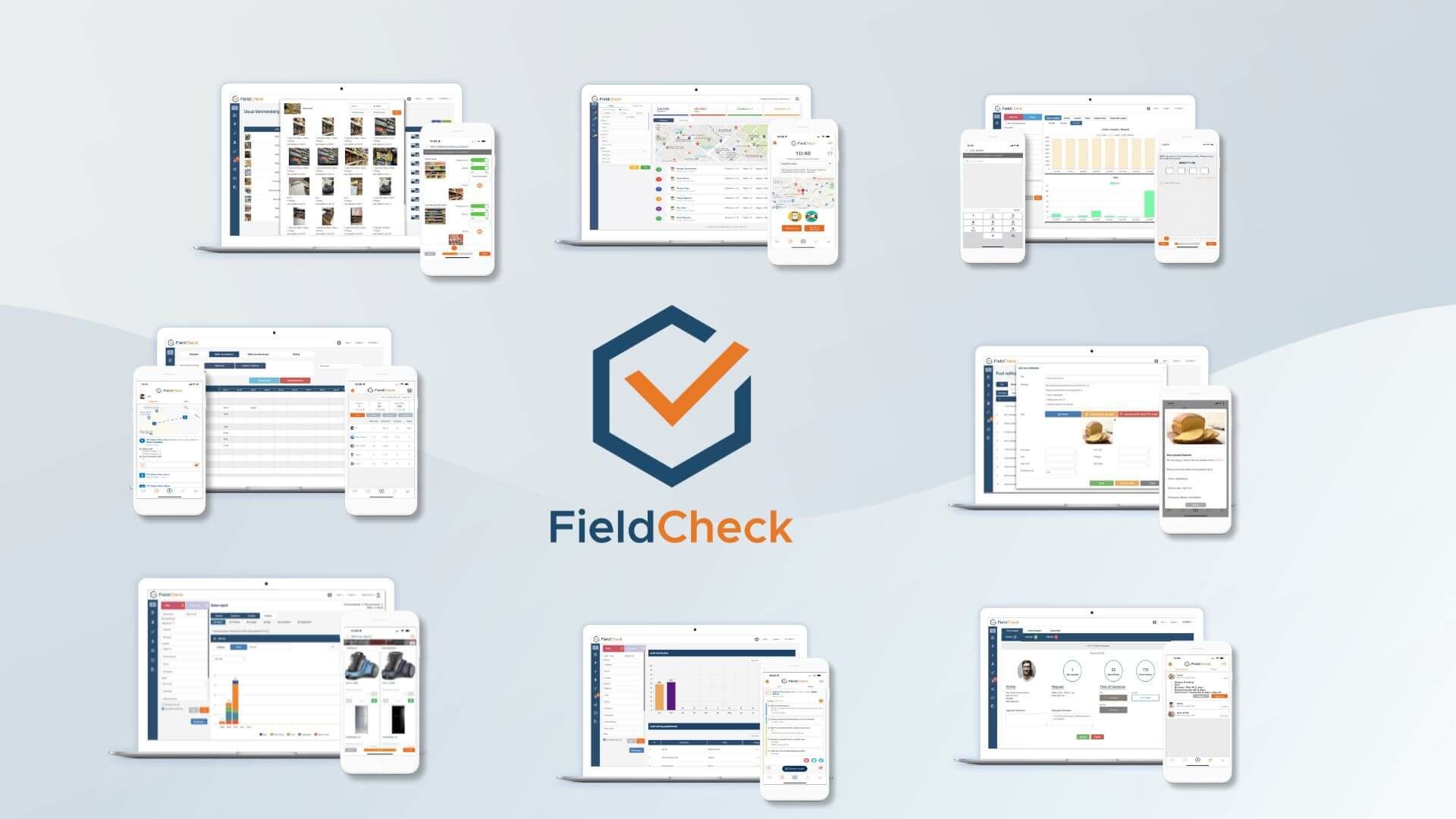
FieldCheck software application in KPI monitoring
The solution's functions can help measure individual performance from the in-store sales department to the back office. Some benefits that FieldCheck software can bring to businesses:
1. Track Employee Performance
Management can rely on previously established standards and perform employee performance reviews right on mobile devices.
Additionally, based on real-time reported sales from employees' devices, management can remotely view and make authentic reviews.
Based on analytical indicators provided by software and applications, management personnel can have an overview of employee performance and make comparisons of performance between employees.
2. Monitor the Performance of Points of Sale
In addition to evaluating employee performance, management can use software to manage store activities. Some of the tasks management can tackle with FieldCheck include:
- Sales report management
- Record the quantity of stock in the stores
- Implement product and store display programs
- Announce promotions and new product launches on the app
- Take digital quality surveys, replacing traditional pen and paper methods

Software to support evaluation of display efficiency
Conclusion
Above are seven important notes to have an effective KPI strategy. In short, to set reasonable goals, the management level needs a thorough evaluation and survey before applying it to the department or the whole enterprise.
Building a smart set of KPIs will help businesses achieve their strategic goals more easily and promote sustainable development, which should be available in today's fiercely competitive era.
In addition, in the current digital transformation era, the application of supporting software to monitor KPI completion also greatly helps businesses, saving time and human resources when evaluating indicators. KPIs.
Based on actual needs, businesses can search for a suitable digital solution to get effective support tools for their management process.




